- Dental Implants
- Endodontics (Root Canal Treatment)
- Laser Dentistry
- Aesthetic & Cosmetic
- Orthodontics & Braces
- Pediatric Dentistry
- Veneers
- Dentures
- Preventive Dentistry
- Tooth cleaning & polishing
- Full Mouth Rehabilitation
Dental Implants
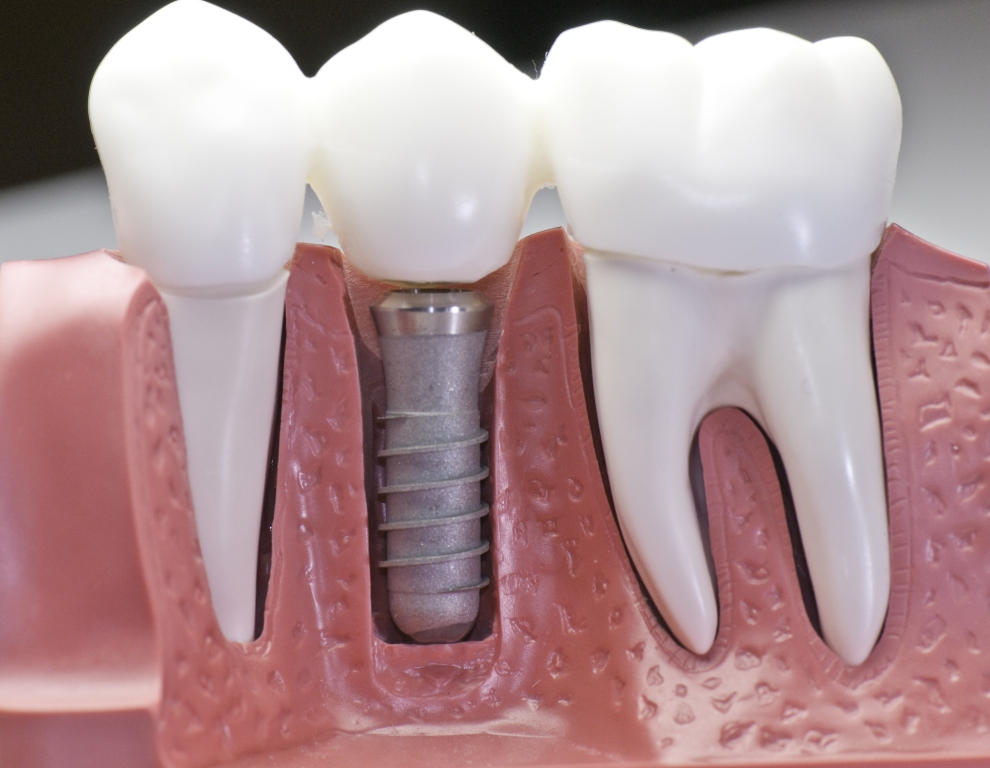
What Are Dental Implants?
Dental implants are replacement tooth roots. Implants provide a strong foundation for fixed (permanent) or removable replacement teeth that are made to match your natural teeth.
What Are the Advantages of Dental Implants?
There are many advantages to dental implants, including:
* Improved appearance. Dental implants look and feel like your own teeth. And because they are designed to fuse with bone, they become permanent.
* Improved speech. With poor-fitting dentures, the teeth can slip within the mouth causing you to mumble or slur your words. Dental implants allow you to speak without the worry that teeth might slip.
* Improved comfort. Because they become part of you, implants eliminate the discomfort of removable dentures.
* Easier eating. Sliding dentures can make chewing difficult. Dental implants function like your own teeth, allowing you to eat your favorite foods with confidence and without pain.
* Improved self-esteem. Dental implants can give you back your smile and help you feel better about yourself.
* Improved oral health.Dental implants don't require reducing other teeth, as a tooth-supported bridge does. Because nearby teeth are not altered to support the implant, more of your own teeth are left intact, improving long-term oral health. Individual implants also allow easier access between teeth, improving oral hygiene.
* Durability. Implants are very durable and will last many years. With good care, many implants last a lifetime
* Convenience. Removable dentures are just that; removable. Dental implants eliminate the embarrassing inconvenience of removing dentures, as well as the need for messy adhesives to keep them in place.
How Successful Are Dental Implants?
Success rates of dental implants vary, depending on where in the jaw the implants are placed but, in general, dental implants have a success rate of up to 98%. With proper care, implants can last a lifetime.
Endodontics (Root Canal Treatment)
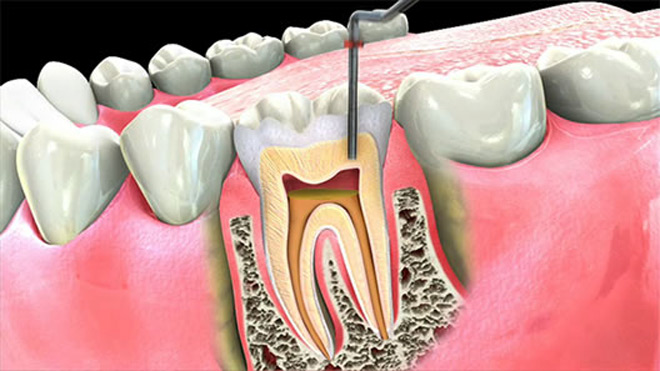
Endodontics is the dental specialty that deals with the nerves of the teeth. Root canals are probably the most notorious procedure in dentistry and the most common procedure relating to endodontics. When a tooth becomes infected it is usually related to the nerves in the root of the tooth. The infected nerves need to be removed. If left untreated an infection can turn into an abscess, which is a much more serious problem that includes bone loss in the jaw.
The area around the tooth is numbed with a local anesthetic to start the procedure. The dentist will then drill down into the tooth to create an opening into the canal. They will then be able to remove infected tissue and clean the canal. After the infection has been removed, the space if filled with a sealant called gutta percha. It is highly recommended that a tooth that has undergone a root canal is fitted with a crown. This will improve the appearance of the tooth, and will also make it much more likely that the root canal is successful.
"Root canal" has become a scary term for dental patients to hear, but the benefits of the procedure and advances in dental technology have made it much less "scary". Local anesthetics and proper pain medication allow the procedure to be performed with little to no pain in most cases. There may be some soreness following the procedure, but that is normal for most dental procedures. Over the counter painkillers are usually enough to relieve any pain afterwards, but your dentist may prescribe medication. The procedure will also relieve you from pain caused by the infection allowing you to enjoy all the foods you love without any pain from heat, cold, or biting too hard. If you are experiencing pain consult your dentist today.
Laser Dentistry :

Laser Use in Dentistry
Lasers have been used in dentistry since 1994 to treat a number of dental problems. Yet, despite FDA approval, no laser system has received the American Dental Association's (ADA) Seal of Acceptance as an alternative to more traditional treatment. That seal assures dentists that the product or device meets ADA standards of safety and efficacy, among other things. The ADA, however, states that it is cautiously optimistic about the role of laser technology in the field of dentistry. These lasers are different from the cold lasers used in phototherapy for the relief of headaches, pain, and inflammation.
Still, some dentists are using lasers to treat:
Tooth decay. Lasers are used to remove decay within a tooth and prepare the surrounding enamel for receipt of the filling. Gum disease. Lasers are used to reshape gums and remove bacteria during root canal procedures.
Biopsy or lesion removal. Lasers can be used to remove a small piece of tissue (called a biopsy) so that it can be examined for cancer. Lasers are also used to remove lesions in the mouth and relieve the pain of canker sores.
Teeth whitening. Lasers are used to speed up in-office teeth whitening procedures. A peroxide bleaching solution, applied to the tooth surface, is ''activated" by laser energy, which speeds up of the whitening process.
How Do Lasers Work in Dentistry?
All lasers work by delivering energy in the form of light. When used for surgical and dental procedures, the laser acts as a cutting instrument or a vaporizer of tissue that it comes in contact with. When used for "curing" a filling, the laser helps to strengthen the bond between the filling and the tooth. When used in teeth-whitening procedures, the laser acts as a heat source and enhances the effect of tooth-bleaching agents.
What Are the Pros and Cons of Using a Laser in Dentistry?
ProsCompared to the traditional dental drill, lasers:
May cause less pain in some instances, so reduces the need for anesthesia
May reduce anxiety in patients uncomfortable with the use of the dental drill
Minimize bleeding and swelling during soft tissue treatments
May preserve more healthy tooth during cavity removal
The disadvantages of lasers are that:
Lasers can't be used on teeth with fillings already in place.
Lasers can't be used in many commonly performed dental procedures. For example, lasers can't be used to fill cavities located between teeth, around old fillings, and large cavities that need to be prepared for a crown. In addition, lasers cannot be used to remove defective crowns or silver fillings, or prepare teeth for bridges.
Traditional drills may still be needed to shape the filling, adjust the bite, and polish the filling even when a laser is used.
Lasers do not eliminate the need for anesthesia.
Laser treatment tends to be more expensive -- the cost of the laser is much higher than a dental drill. Lasers can cost between $39,000 and $45,000, compared to about $600 for a standard drill.
Procedures that can be treated with lasers are:
• Remove inflamed gum tissues and treatment of gum diseases.
• Remove harmful bacteria and diseased tissue from the gum pocket.
• Immediately cauterize the wounds and seal nerve endings.
Aesthetic & Cosmetic
Your smile is one of the most expressive part of your face . We are proud to offer comprehensive cosmetic options for all of our patients, with solutions to fit any budget and smile rejuvenation that allows you to truly have the smile of your dreams!
At Infinit Dental Solutions, we believe that cosmetic or esthetic dentistry should also be minimally invasive.
The direction of medicine and dentistry in the 21 st century is the preservation of healthy body tissues. In that spirit, we practice health guided cosmetic dentistry with a focus on preserving as much of your existing healthy smile as possible.
Some of the most common Cosmetic Procedures are:
⇒ Tooth Colored Restorations
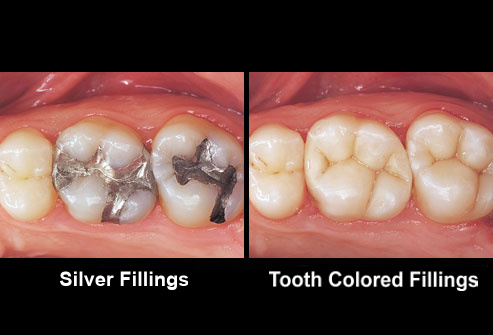
Gone are the days of unsightly silver fillings. Restore your dental cavities with tooth colored composite materials. It lets the tooth fillings go unnoticed. Tooth colored ceramic restorations have revolutionized the dental profession. Teeth with large cavities and unsightly silver fillings can be restored with tooth colored composite fillings, porcelain inlays, on lays, or partial ceramic crowns.
We create artistic tooth-colored restorations that are beautiful, p and conservative. Highly polished and smooth, these restorations reinforce the tooth structure, and can help reduce plaque build up that causes gingivitis and cavities.
Now, using advanced bonding techniques, those teeth can be restored with lab-made all-porcelain or resin inlays, on lays, or partial crowns.
⇒ Reconstruction

Full mouth reconstruction combines multiple restorative, neuromuscular and cosmetic procedures. The goal is to restore not only the look of your teeth but also the structure and function. Why? Each of these things affects the other. For example, a broken tooth can cause a problem with your bite. This can lead to difficulty chewing, which creates wear on your teeth. This wear can then lead to jaw and neck soreness, headaches, even migraines.
⇒ Tooth Contouring & Reshaping

We often have patients who want minimal changes to the shape of their teeth, and in addition to Professional whitening, they desire tooth contouring. This procedure is often completed pain free in minutes and offers a solution to uneven edges, small chips and sharp corners. One of our most economic solutions to minor cosmetic deficiencies, contouring could help bring you closer to a more beautiful smile.
⇒ Teeth Whitening
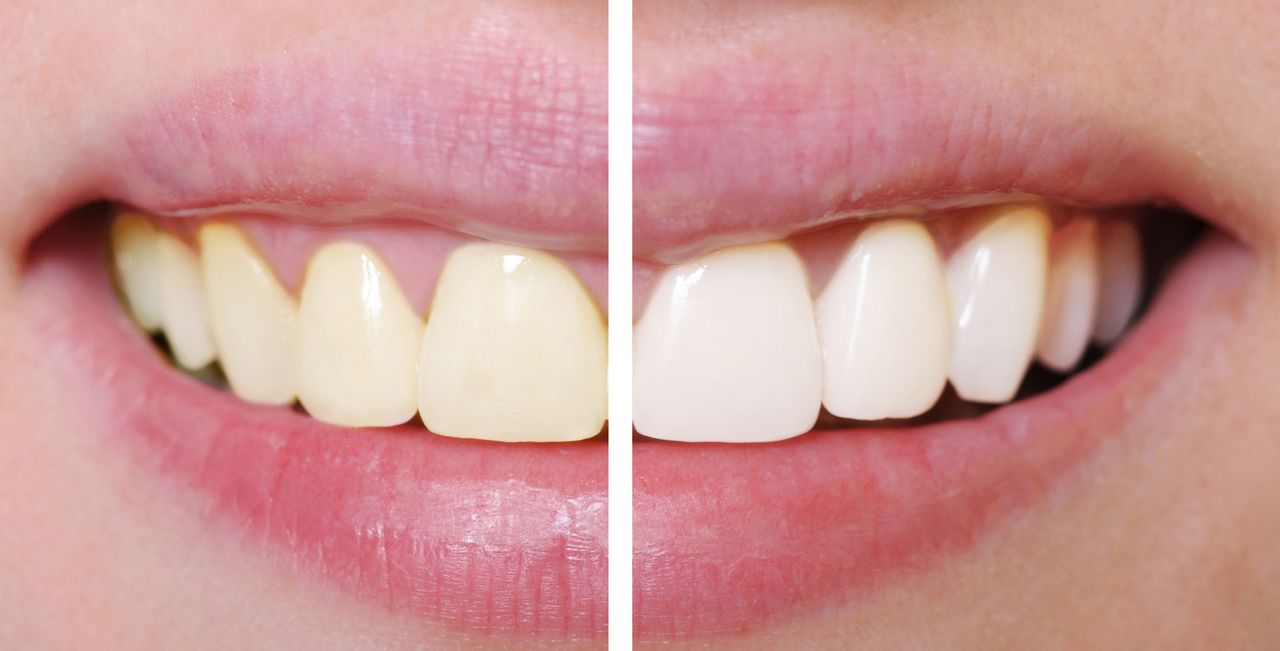
We offer teeth whitening treatments at our office to fit in with your schedule and individual goals.
Our in office treatment offers a one day solution, with instant results and minimal aftercare removing sub surface staining, and dramatically brightening your smile. Alternatively, our at home tooth whitening system provides an effective, inexpensive and long lasting technique that can brighten your smile in just few days. With the advances in technology in recent years, we are able to whiten and brighten your smile.
Orthodontics & Braces
Dental Braces and Retainers
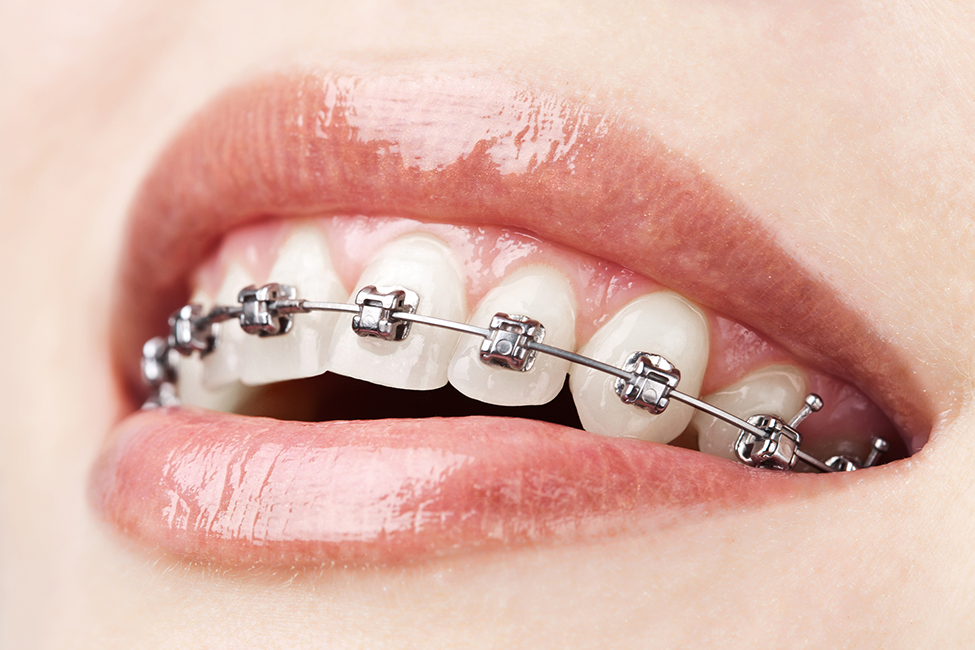
If you have crooked teeth and/or a misaligned bite (an underbite or overbite), there are a variety of treatments that can help straighten teeth, including braces and retainers.
Many general dentists are doing basic alignment and orthodontics, but orthodontists specialize in correcting irregularities of the teeth.
The dentist or orthodontist you choose will ask questions about your health, conduct a clinical exam, take impressions of your teeth, take photos of your face and teeth, and order X-rays of the mouth and head. An appropriate treatment plan is made based on analysis of the gathered information.
In some cases, a removable retainer will be all that's necessary. In other rare cases (especially when there is an extreme overbite or underbite), surgery may be necessary. In most cases, however, braces will be needed.
What Types of Braces Are Available?
If braces are indeed the solution for you, the dentist or orthodontist will prescribe an appliance specific for your needs. The braces may consist of bands, wires, and other fixed or removable corrective appliances. No one method works for everyone.
How Do Braces Work?
In their entirety, braces work by applying continuous pressure over a period of time to slowly move teeth in a specific direction. As the teeth move, the bone changes shape as pressure is applied.
Braces are made up of the following components:
Brackets are the small squares that are bonded directly to the front of each tooth with a special dental bonding agent or are attached to orthodontic bands. Brackets act like handles, holding the arch wires that move the teeth. There are several types of brackets, including stainless steel and tooth-colored ceramic or plastic, which are often selected because they’re less obvious. Occasionally, brackets are cemented to the back of teeth, in order to hide them from view.
Orthodontic bands are stainless steel, clear, or tooth-colored materials that are cemented to the teeth with dental bonding agents. They wrap around each tooth to provide an anchor for the brackets. The clear or tooth-colored bands are more cosmetically appealing options but are more expensive than stainless steel. They are not used in all patients. Some people have only brackets and no bands.
Spacers are separators that fit between teeth to create a small space prior to placement of orthodontic bands.
Arch wires attach to the brackets and act as tracks to guide the movement of the teeth. Arch wires can be made of metal or be clear or tooth-colored.
Ties are small rubber rings or fine wires that fasten the arch wire to the brackets. They can be clear, metal, or colored.
A buccal tube on the band of the last tooth holds the end of the arch wire securely in place.
Tiny elastic rubber bands, called ligatures, hold the arch wires to the brackets.
Springs may be placed on the arch wires between brackets to push, pull, open, or close the spaces between teeth.
Two bands on the upper teeth may have headgear tubes on them to hold the facebow of the headgear in place. (A headgear is another tool used by orthodontists to aid in correcting irregularities of the teeth; see below)
Elastics or rubber bands attach to hooks on brackets and are worn between the upper and lower teeth in various ways. They apply pressure to move the upper teeth against the lower teeth to achieve a perfect fit of individual teeth.
Facebow headgear is the wire gadget that is used to move the upper molars back in the mouth to correct bite discrepancies and also to create room for crowded teeth. The facebow consists of an inner metal part shaped like a horseshoe that goes in the mouth, attaching to buccal tubes, and an outer part that goes around the outside of the face and is connected to a headgear strap.
Newer “mini-braces,” which are much smaller than traditional braces, may be an option for some. There is another method of straightening teeth that uses removable plastic retainers that may also work when crowding of the teeth is not too severe. Your orthodontist will discuss the various types of braces with you and determine which might be the best option for your situation.
Invisalign
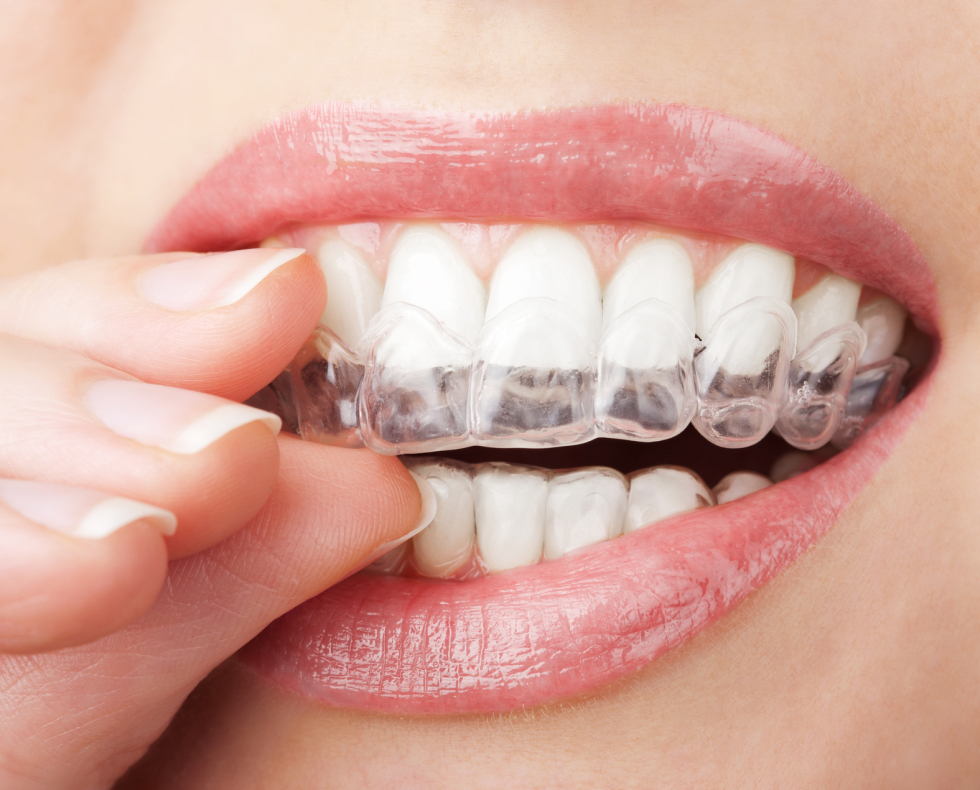
Invisalign can be used to treat the vast majority of common orthodontic problems for Teens and Adults. Whether your smile needs minor improvements or more extensive adjustments, Invisalign can certainly help.
It’s successful in treating overly crowded or widely spaced teeth. It can also relieve more complex issues, including overbites, under bites and even cross bites.
Because Invisalign uses clear plastic aligners to position and straighten teeth, you can keep your active lifestyle during treatment. Unlike braces, Invisalign aligners have no metal bands or wires to irritate your mouth. Since Invisalign is removable, just take the clear aligners out for special events or if you’re going to indulge in a sticky, gooey snack.
Invisalign is clear and nearly invisible, so most people will never know you’re straightening your teeth – unless you tell them.
Dental braces
Dental braces are used in Orthodontics to align and straighten teeth to help position them with regards to a person´s bite. They can be used to correct poor occlusions, overbites, underbites, cross bites, etc. They can be used for cosmetic purposes or structural.
Before a patient can have braces put in, an orthodontic study has to be performed, which includes a clinical exam, taking photos of the patient, a panoramic x-ray, a cephalometric x-ray, and study molds.
Types of Braces
Metal
Metal braces are the most common type. They are made of high-grade stainless steel. Today's metal braces are smaller, more comfortable and more attractive.
Clear
Ceramic braces are made of translucent (clear) material. They are most popular with adult patients, due to their cosmetic appeal. The only drawback to ceramic brackets is that they are more fragile, and the elastic ties can discolor between orthodontic visits.
Gold
Gold braces are stainless steel braces coated with 24-karat gold and are popular with patients of all ages.
Invisalign®
The Invisalign System is a series of clear overlay templates called aligners that have been generated by computer simulation to gradually move the teeth. This system is available to adult patients with certain orthodontic bite problems. Ask us if you are a candidate for the Invisalign system.
Pediatric Dentistry
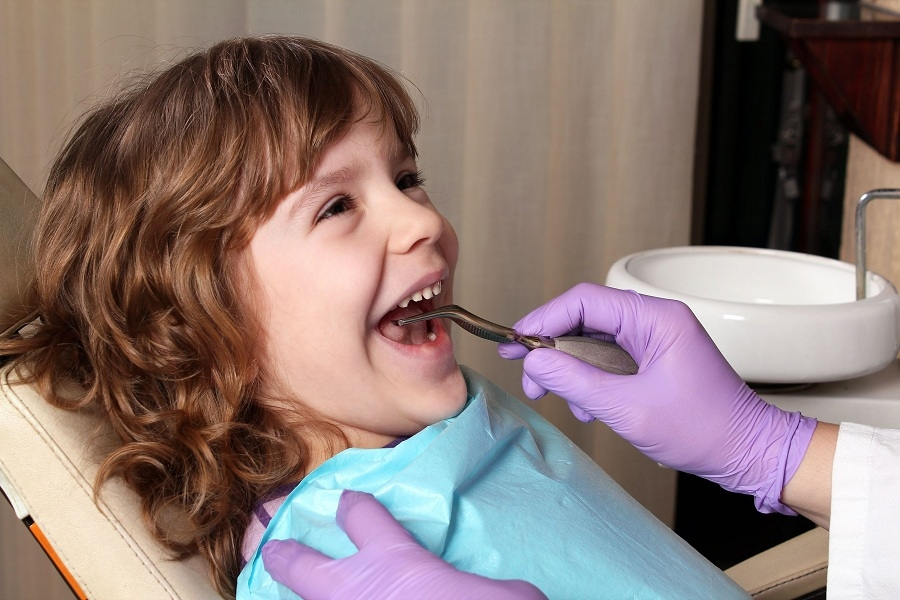
Pediatric Dentistry treats children from birth to adolescence. It focuses in the maintenance of primary teeth (baby teeth) until they are naturally lost. This is due to the importance they serve in permitting children to chew properly and therefore maintain good nutrition, their role in speech development, and the maintenance of space for the eventual eruption of the permanent teeth.
Third molars, also known as wisdom molars, are the last teeth to erupt and are positioned at the end of the mouth. Sometimes they never erupt due to lack of space to position themselves in the dental arch.
They erupt between 16 and 25 years of age, most people have four wisdom molars, sometimes people do not develop them at all or only the upper or lower two. The function of wisdom molars is considered to be lost in evolution.
Wisdom molars have to be removed when they present a danger of developing cavities due to bacteria that can get trapped between the two teeth and can affect the adjacent tooth, or when it ¨eats¨ the root of the adjacent tooth to take up its space, causing the tooth to lose its function.
Veneers
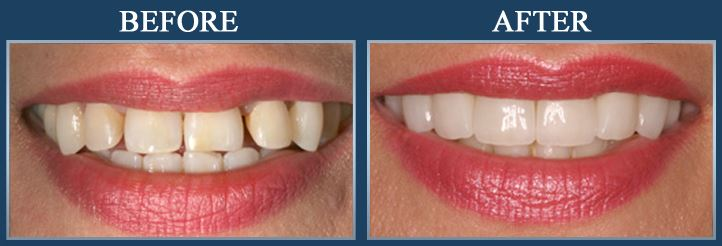
Porcelain veneers is a cosmetic dentistry procedure that have become more and more popular during the last few years. They are an aesthetic and healthy option to common crowning, which requires a drilling of all the areas of tooth to prepare the area for the crown. Veneers are similar to false fingernails. Veneers are thin and cover the front part of the tooth. They look much better and last longer than their predecessors plastic veneers or direct-bonded composite restorations.
Porcelain veneers also look like regular teeth; they are extremely durable, and their natural looking color is long-lasting. They work particularly well for discolored, spaced or misaligned teeth, even in cases that don’t seem to have any possibility of restoration. Also, the treatment is easier on patients. Since there is little need to shape the teeth, normally the procedure can be accomplished in two or three visits. The dentist first prepares the tooth to take a mold, which is then sent to a dental laboratory.
The lab technicians create a custom-fit veneer and return it to the dentist. In the second appointment, the veneer is put in place and if it is a perfect fit, it is immediately bonded to the tooth. After this procedure, the dentist polishes the edges and the job is done. You only need to take care of it as you would a normal tooth… simply brush and floss, on a regular basis. And that’s is how this procedure of cosmetic dentistry is made.
Misaligned, spaced, discolored teeth or those with large restorations (fillings) or decayed areas require crowns, also known as caps. Dentists have used porcelain crowns for many years, but without reinforcement, they easily break. This led to the creation of porcelain crowns with metal frameworks to support the porcelain. A problem with the metal framework is that more of the tooth has to be taken off to make room for the frames, and its color has to be blocked out, and the light that passes through the tooth is blocked by the metal. As a result this type of restoration is very difficult or practically impossible to look completely life-like.
Veneers are very thin pieces of durable, tooth shaped porcelain that are custom made (for shape and color) by a professional dental laboratory. They are bonded onto the front of teeth to create a beautiful and attractive smile.
Veneers can completely reshape your teeth and smile. They can often be alternatives to crowns and the ideal solution in treating many dental conditions.
As with most dental restorations, veneers are not permanent and may someday need replacement. They are very durable and will last many years, giving you a beautiful long lasting smile.
Reasons for porcelain veneers:
• Cosmetically, to create a uniform, white, beautiful smile.
• Crooked teeth.
• Misshapen teeth.
• Severely discolored or stained teeth.
• Teeth that are too small or large.
• Unwanted or uneven spaces.
• Worn or chipped teeth.
• What does getting porcelain veneers involve?
Getting veneers usually requires two visits to complete the process, with little or no anesthesia required during the procedure. The teeth are prepared by lightly buffing and shaping the surface to allow for the thickness of the veneer. A mold or impression of the teeth is taken and a shade (color) will then be chosen by you and the dentist.
On the second visit the teeth will be cleansed with special liquids to achieve a durable bond. Bonding cement is then placed between the tooth and veneer and a special light beam is used to harden and set the bond.
You will receive care instructions for veneers. Proper brushing, flossing and regular dental visits will aid in the life of your new veneers.
Dentures :
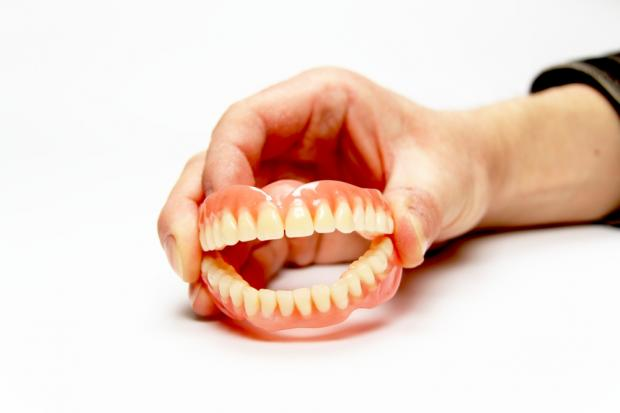
Dentures are a replacement for missing teeth that can be removed and put back into your mouth as you please. Depending on each individual patient case, they may receive full or partial dentures. Full dentures are used when all of the natural teeth are removed from the mouth and replaced with a full set of dentures. There are two types of full dentures.
* Conventional Full Dentures - This is when all the teeth are removed and the tissue is given time to heal before the dentures are placed. It could take a few months for the gum tissue to heal completely, and during this time you will be without teeth.
* Immediate Full Dentures - Prior to having your teeth removed, your dentist takes measurements and has dentures fitted for your mouth. After removing the teeth, the dentures are immediately placed in your mouth. The benefit is that you do not have to spend any time without teeth. You will, however, need to have a follow up visit to refit your dentures because the jaw bone will slightly change shape as your mouth heels. The dentures will need to be tightened after the jaw bone has healed.
Partial dentures are another option when not all of your teeth need to be removed. This is similar to a bridge, but it is not a permanent fixture in your mouth.
Your dentures may take some time to get used to. The flesh colored base of the dentures is placed over your gums. Some people say that it feels bulky or that they don't have enough room for their tongue. Other times the dentures might feel loose. These feelings will affect the way you eat and talk for a little while. Over time, your mouth becomes trained to eat and speak with your dentures and they begin to feel more and more like your natural teeth. They may never feel perfectly comfortable, but it is much better than the alternative of not having teeth.
Even though dentures are not real teeth, you should care for them like they are. You should brush them to remove plaque and food particles before removing your dentures. After they have been removed you should place them directly into room temperature water or a denture cleaning solution. Never use hot water because it could warp the dentures. Your dentures are delicate, so make sure you are careful when handling them so you don't drop them. Also, never try to adjust your dentures yourself. You could ruin them, so you should always seek assistance from your dentist if they feel uncomfortable or loose.
Preventive Dentistry
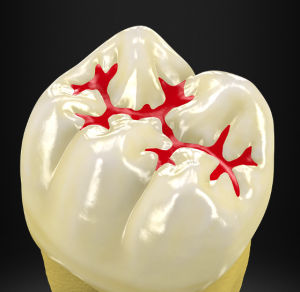
A preventive program is a cooperative effort by the patient, dentist, and dental staff to preserve the natural dentition and supporting structures by preventing the onset, progress, and recurrence of dental diseases and conditions.
Preventing dental disease starts at home with good oral hygiene and a balanced diet. It is continued in the dental office by the efforts of your dentist and dental hygienist to promote, restore, and maintain your oral health.
Prevention also includes regular dental exams, cleanings, and x-rays. Sealants and fluoride are also great preventive treatments that help protect the teeth.
Prevention helps avoid serious and costly dental problems and is the key to having a healthy, confident, beautiful smile.
Dental Cleaning
Teeth cleaning is part of oral hygiene and involves the removal of dental plaque from teeth with the intention of preventing cavities (dental caries), gingivitis, and periodontal disease. People routinely clean their own teeth by brushing and interdental cleaning. Our dental hygienists as part of their general dentistry procedures can remove hardened deposits not removed by routine cleaning.
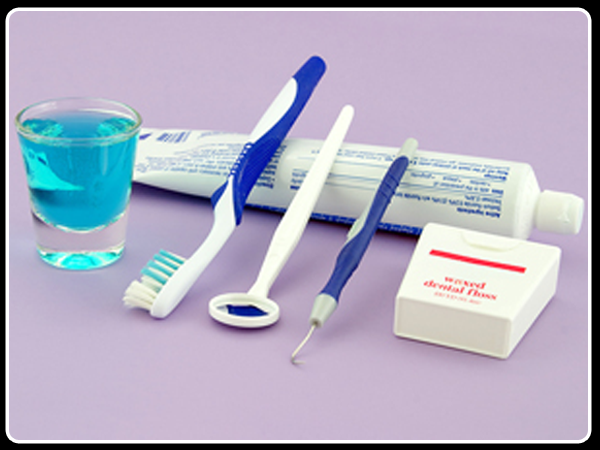
Dental Fillings
This general dentistry procedure is commonly performed when you have a “cavity” In the past cavities have been filled with mercury, but now we use a white material called resin. These fillings can be performed to create a healthier and more appealing look of your molars or to simply fill a cavity.
Dental Extraction
A dental extraction (also referred to as exodontia) is the removal of a tooth from the mouth and a general dentistry procedure. Extractions are performed for a wide variety of reasons, including tooth decay that has destroyed enough tooth structure to prevent restoration. Extractions of impacted or problematic wisdom teeth are routinely performed, as are extractions of some permanent teeth to make space for orthodontic treatment.
Tooth Cleaning & Polishing :
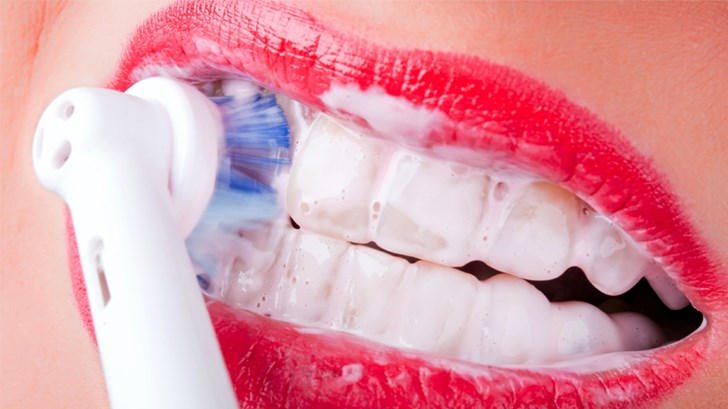
Some areas of your mouth are inaccessible to brushing and leads to plaque accumulation. Improper brushing technique can make this plaque harden over a period of time which can only be removed by a professional. This plaque is the main cause of caries as well as gum disease and causes oral malodor (Bad breath). Visit your dentist regularly for periodic scaling and polishing. Once in 6-8 months is advisable in most cases or more frequently in case of existing gum problems.
Full Mouth Rehabilitation :
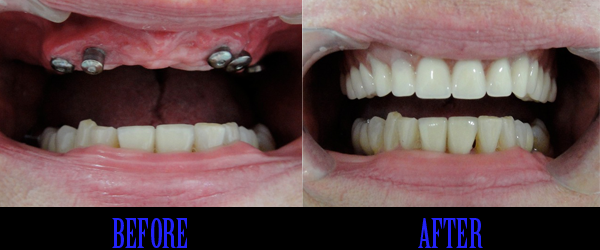
What is a Full Mouth Restoration?
A full mouth restoration, also known as a full mouth reconstruction, involves and combines several cosmetic dental procedures to improve the appearance and health, function and beauty of your smile.
Full mouth restorations are commonly recommended for patients with many broken, damaged, worn down, and/or missing teeth.
What are other procedures included within the Full Mouth Restoration?
A treatment plan for a full mouth restoration may include some of the following procedures:
• Crowns (pure porcelain, metal-porcelain or zirconium crowns)
• Dental bridges
• Dental implants
• Resins (tooth bonding)
How a Full Mouth Restoration is done?
1. Our cosmetic dentists must do a thorough diagnosis of the teeth, gums, supporting bone, muscles and jaw join.
2. Once all the information needed is obtained, the dentist can determine the ideal treatment plan for you and discuss all the available options.
3. Telma Rubinstein and her team guide our technicians to create a beautiful, natural and youthful smile.
4. Once you agreed with the treatment (s) to follow, we star with the reconstruction of your mouth.
5. If you require dental implants, it will be require a time lapse 6 up to 8 months to fuse with the bone, this is known as Osseo Integration, after the surgery in order to avoid a body rejection to the implant.
6. Once this time lapse is done, you will come back to Prisma Dental so we can complete the reconstruction of your mouth.
7. In case we need to extract a piece or the entire set o teeth (either in the upper o lower side of your mouth) we will provide you with a provisional denture that looks and feels much like natural teeth, and you can lead a normal life immediately after surgery. There is never a moment when you are teeth-less.
8. Once again, every treatment will be different, depending on the needs of each patient.

